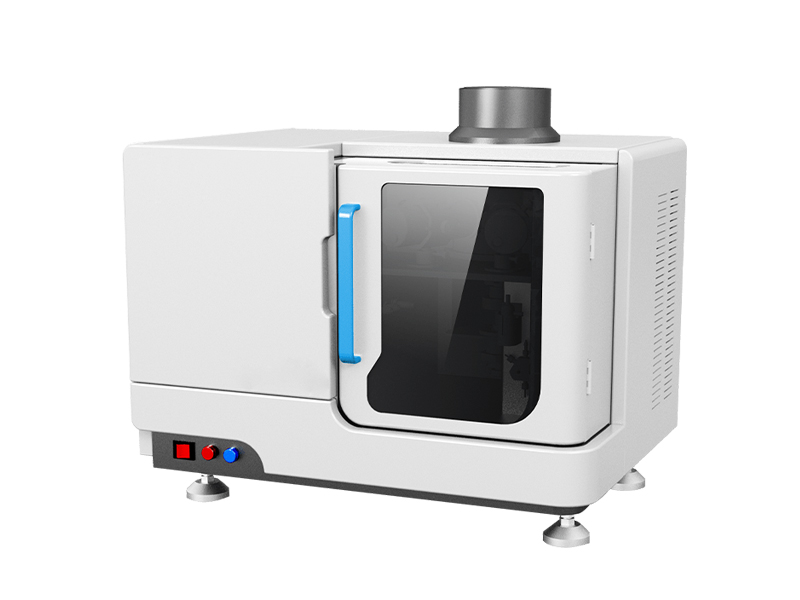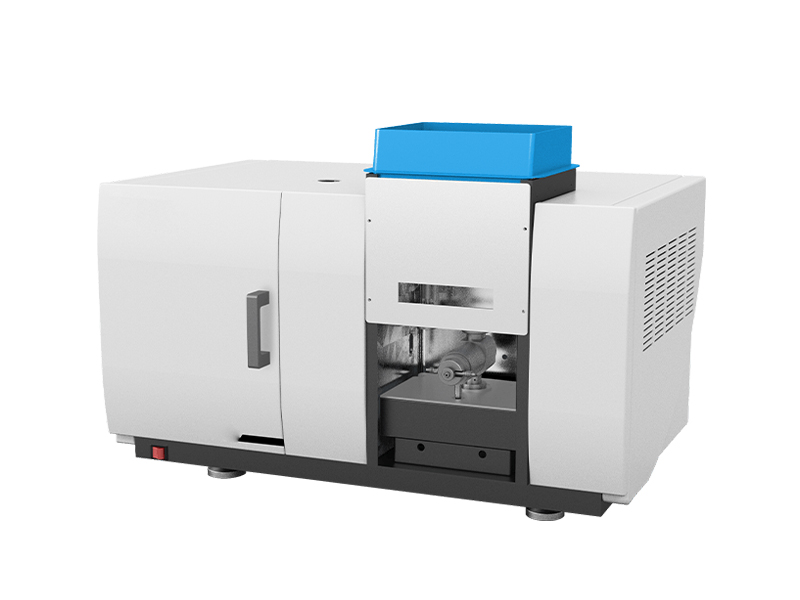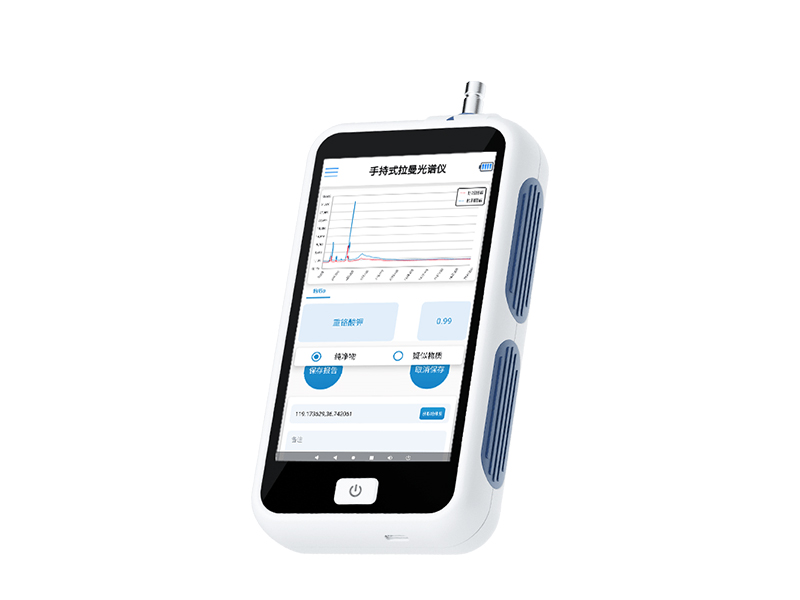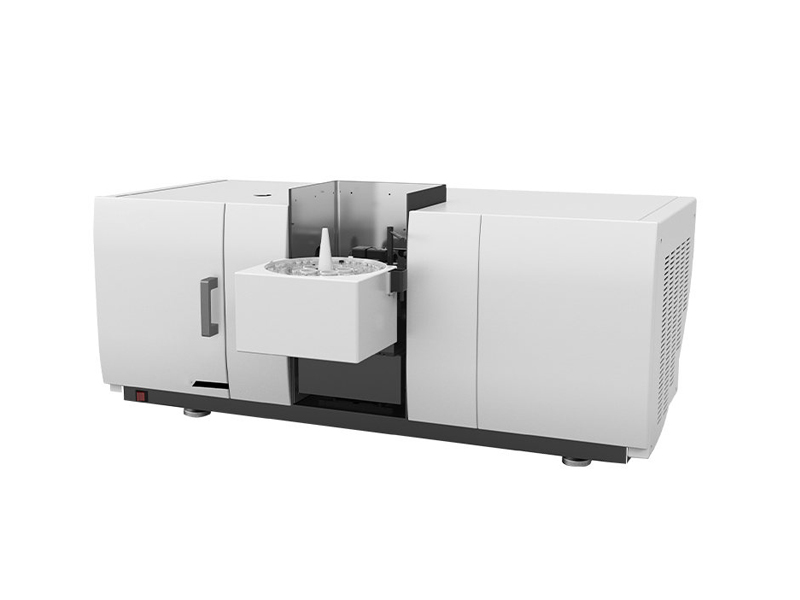As a public health issue, the speed, accuracy, and on-site applicability of
food safety testing technology are crucial. Raman spectrometer, with its unique
molecular fingerprint recognition capability, has evolved from a laboratory
research tool to a powerful tool for rapid on-site screening.

Core technical principles:
Raman spectrometer is a type of scattering spectrum. When a single wavelength laser (such as the 785nm laser used in this instrument) is irradiated onto the sample, the vast majority of photons will undergo elastic scattering (Rayleigh scattering), but about one millionth of photons will undergo inelastic collisions with sample molecules, resulting in energy exchange and a change in the frequency of scattered light. This phenomenon is called Raman scattering.
This frequency change (known as Raman shift) is directly related to the vibrational and rotational energy levels of molecules. Therefore, each characteristic peak on the Raman spectrum corresponds to the vibrational mode of a specific chemical bond or functional group in the sample molecule. Just as human fingerprints have uniqueness, each compound has its own unique Raman spectrum, which is the origin of "molecular fingerprints".
In food safety testing, in order to overcome the problem of weak original Raman signals of certain target substances (such as agricultural and veterinary drug residues), surface enhanced Raman scattering (SERS) technology is usually combined. By using a specialized enhancement kit, the Raman signal intensity of the tested molecule can be increased by over a million times, thereby achieving precise detection of trace substances.
Technical advantages and performance indicators:
Concentrating laboratory level performance into portable devices is the core challenge of engineering design. A Raman spectrometer designed specifically for food safety, with the following advantages:
1. Hardware performance guarantee testing cornerstone
High stability: Spectral response stability<2% @ 2hrs means that the instrument has minimal signal drift during long-term detection, which is fundamental to ensuring data reproducibility and result reliability.
High resolution: The optimal resolution can reach 4cm ⁻¹, and under normal working conditions, it is less than 6cm ⁻¹. High resolution can clearly distinguish adjacent small characteristic peaks in the spectrum, which is crucial for accurate identification of structurally similar compounds (such as different types of pesticides).
Accurate frequency shift control: The spectral frequency shift indication error is less than 1cm ⁻¹, ensuring the accuracy of database comparison and target characterization.
2. Engineering considerations specifically designed for on-site use
Portability and battery life: The whole machine weighs only 11kg, has a compact size, and is equipped with a rechargeable lithium battery, with a battery life of over 5 hours, fully meeting the needs of law enforcement and mobile detection when going out.
Easy operation: Equipped with a large-sized touch screen, the operation steps are displayed intuitively. Combined with the dedicated FOODSAFE software, non professionals can get started after a brief training.
Instant report output: Built in on-site printing function, the report can be issued immediately after the detection is completed, realizing the on-site closed-loop of "sampling detection certification".
Article address:https://www.spectrometer.top/news/46.html


 Current
location:
Current
location:









